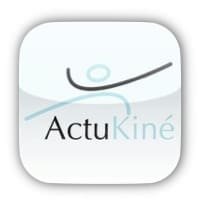(…)
We retrieved 4853 articles. Eleven RCTs were appraised and five had a low risk of bias. Four studies addressed subacromial impingement syndrome.
(…)
1) supervised strengthening leads to greater short-term improvement in pain and disability over wait listing
2) supervised and home-based strengthening and stretching leads to greater short-term improvement in pain and disability compared to no treatment. For persistent subacromial impingement syndrome:
3) supervised and home-based strengthening leads to similar outcomes as surgery;
4) home-based heavy load eccentric training does not add benefits to home-based rotator cuff strengthening and physiotherapy.
5) For variable duration low-grade nonspecific shoulder pain, supervised strengthening and stretching leads to similar short-term outcomes as corticosteroid injections or multimodal care.
Références bibliographiques :
Abdulla SY et al. Is exercise effective for the management of subacromial impingement syndrome and other soft tissue injuries of the shoulder? A systematic review by the Ontario Protocol for Traffic Injury Management (OPTIMa) Collaboration. Man Ther. 2015 Oct;20(5):646-56. doi: 10.1016/j.math.2015.03.013.


